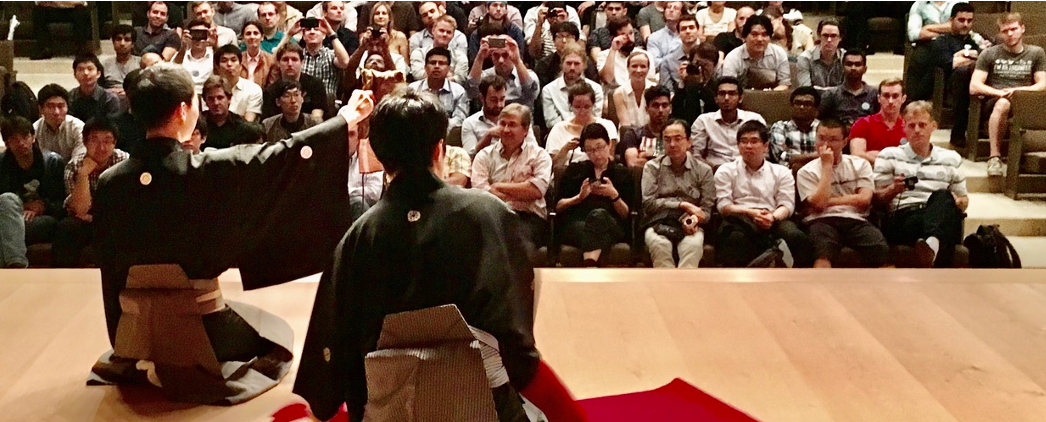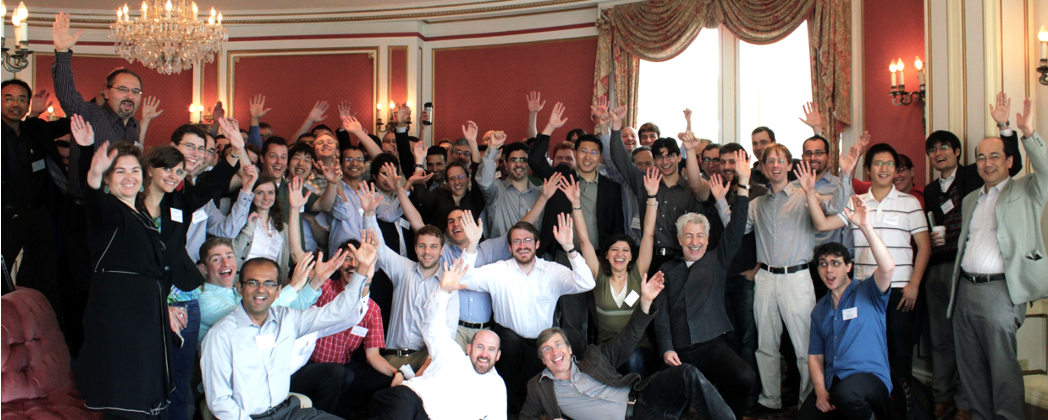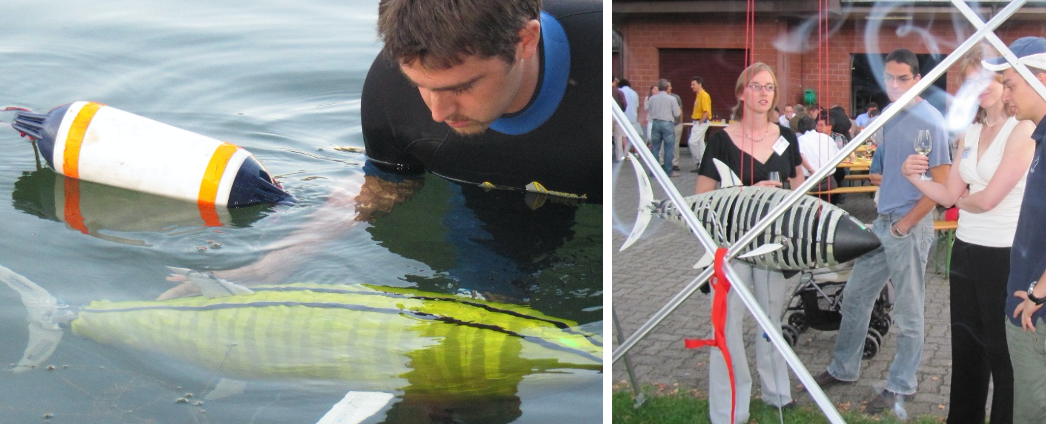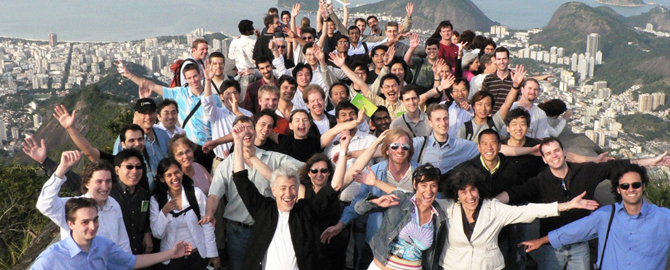Date and time:
Dec 17 at 2:30pm PST/ 5:30pm EST/ 11:30pm CET
Dec 18 at 7:30am JST/9:30am AEDT
Live Stream: Zoom Webinar (https://zoom.us/j/94523490366)
Live questions and discussion: Slido (https://app.sli.do/event/ukrpuog4)
Speaker: Nitish Thakor
National University of Singapore, Johns Hopkins University
Moderator: Kanako Harada
University of Tokyo
Video on Bilibili: https://www.bilibili.com/video/BV1xK411g7ho/
Video on YouTube: https://youtu.be/emBKycAeO8I
Title: Neuromorphic Meets Neuroprosthesis
Abstract:
Neuroprosthesis is a perfect example of brain machine interface with a clinical purpose and human benefit to amputees. Neuroprosthesis uses interface to the nervous system to derive signals that code for prosthesis movement. Reciprocally, neuroprosthesis would receive sensory information from the prosthesis and deliver it to the nervous system for sensor perception and cognition. Therefore, the ultimate dream today is bidirectional neuroprosthesis with sensory-motor control. I will focus on sensory neurorprosthesis and address the question: how to deliver the desired sensory information to the nervous system. Here, we take the approach of sensing from tactile, visual and other sensory systems to give feedback to the nervous system. Neuromorphic encoding takes the receptor inputs to convert into the neural signal, essentially a stochastic spiking pattern. I will present how tactile and visual signals are encoded and used for closed loop neuroprosthesis. Armed with neuromorphic encoded tactile input dexterous multi-finger prosthetic hand gains the capability to touch, palpate, grasp and manipulate. Neuromorphic approach may provide a more natural biomimetic approach to closed loop prosthesis. Future directions include multisensory integration and developing implantable interfaces to the nervous system for neuromorphic neuroprosthesis.
Nitish Thakor (Speaker Bio)
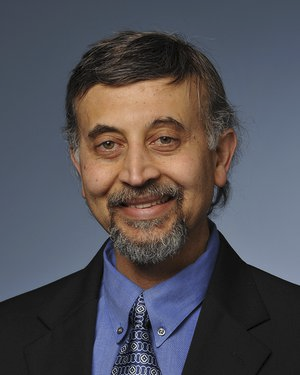
Nitish V. Thakor is a Professor of Biomedical Engineering with Johns Hopkins University and the National University of Singapore where he founded Singapore Institute for Neurotechnology (SINAPSE) and ran it as a founding Director from 2012-2018. He carries out research on many technologies from brain monitoring and implantable neurotechnologies to neuroprosthesis and brain- machine interface. He has published over 420 refereed journal papers, obtained 16 US and international patents and co-founded 3 active companies in the USA. He is currently the Editor in Chief of Medical and Biological Engineering and Computing (Springer/Nature). He is the Editor of an upcoming authoritative reference Handbook of Neuroengineering. He is a Fellow of the American Institute of Medical and Biological Engineering, Life Fellow of IEEE, Biomedical Engineering Society, and International Federation of Medical and Biological Engineering.

